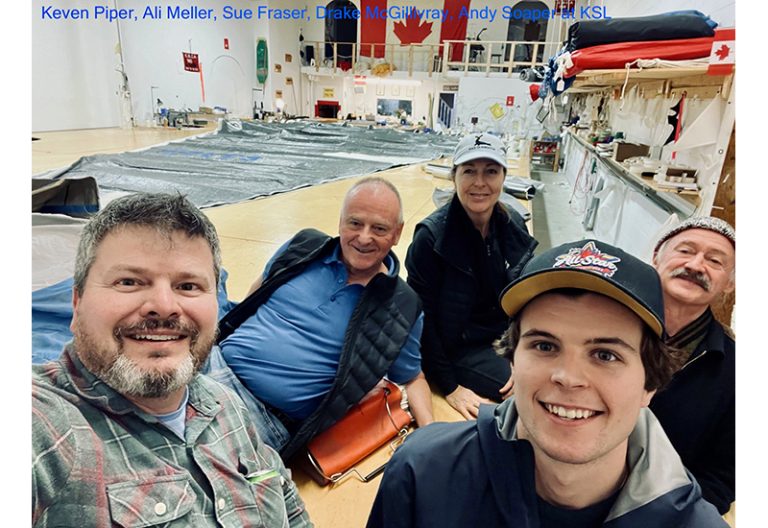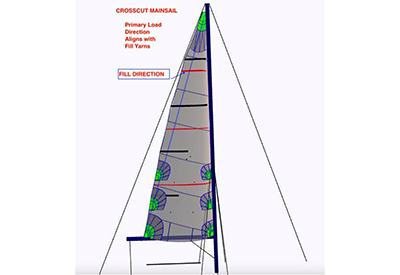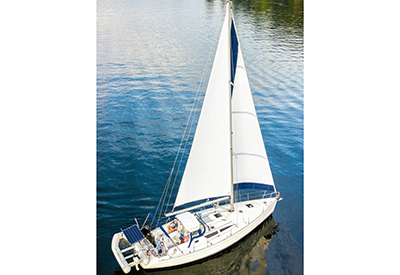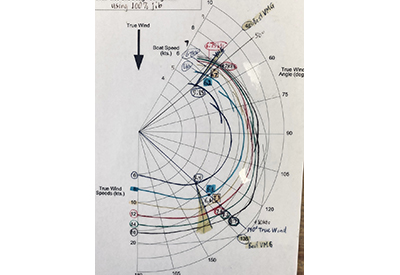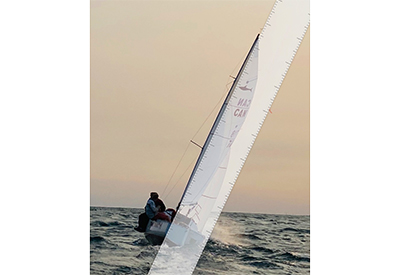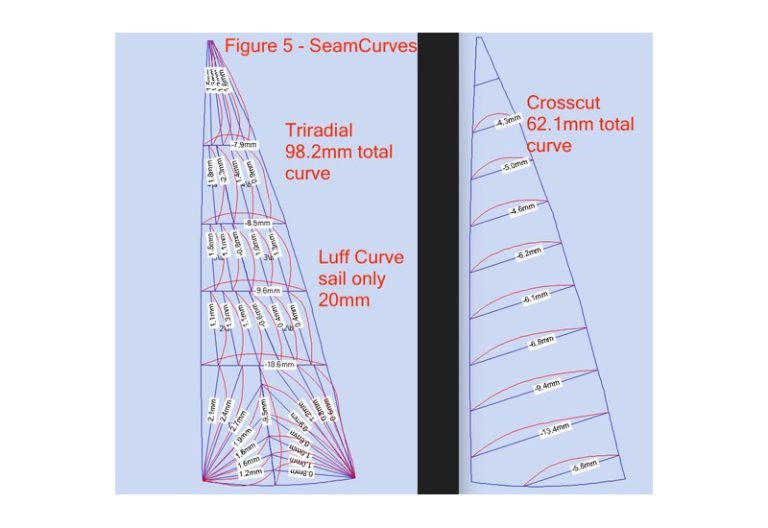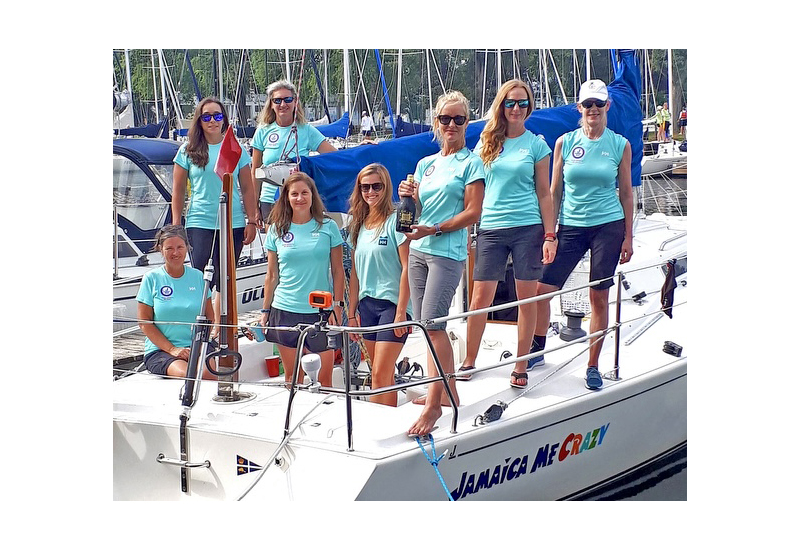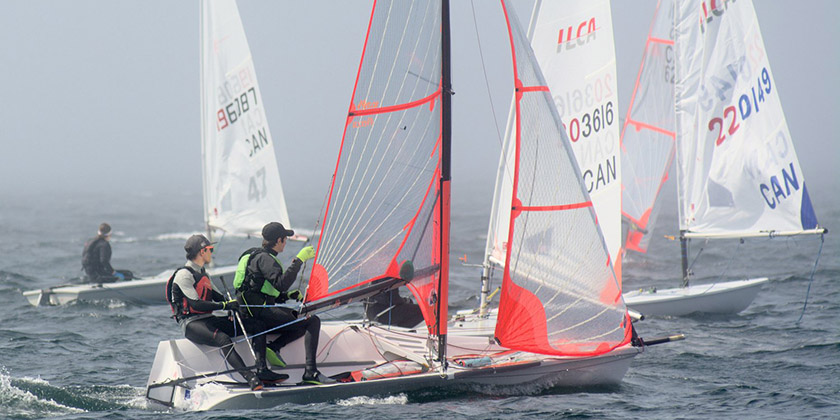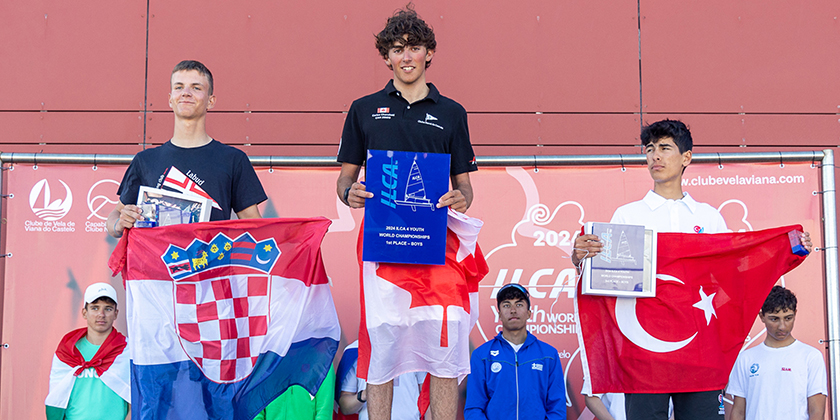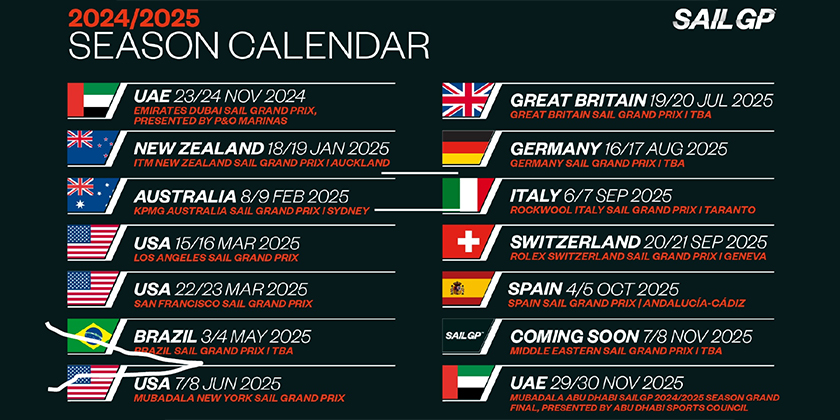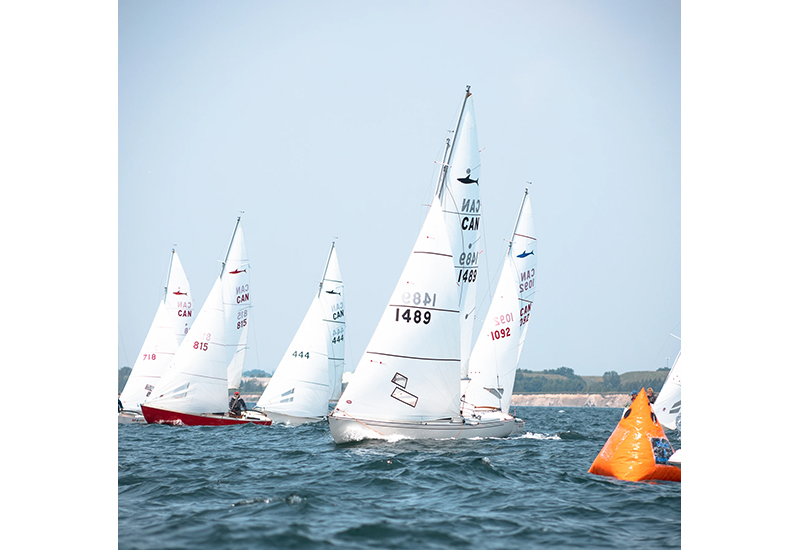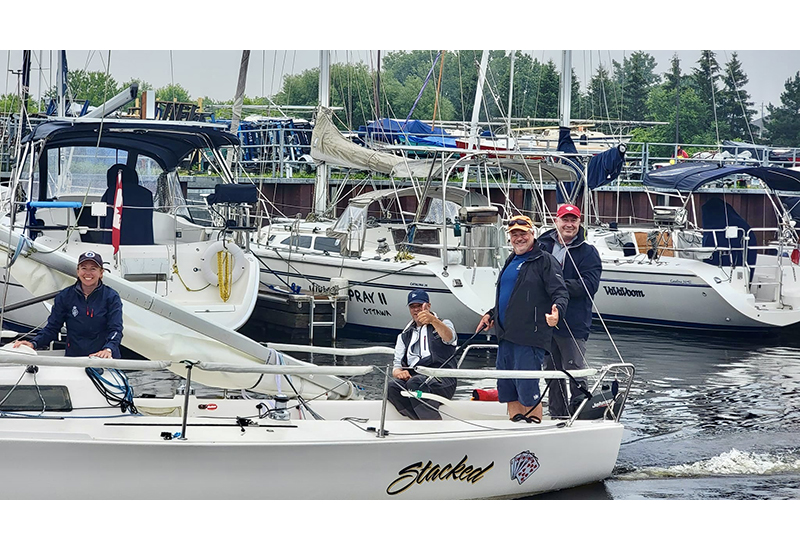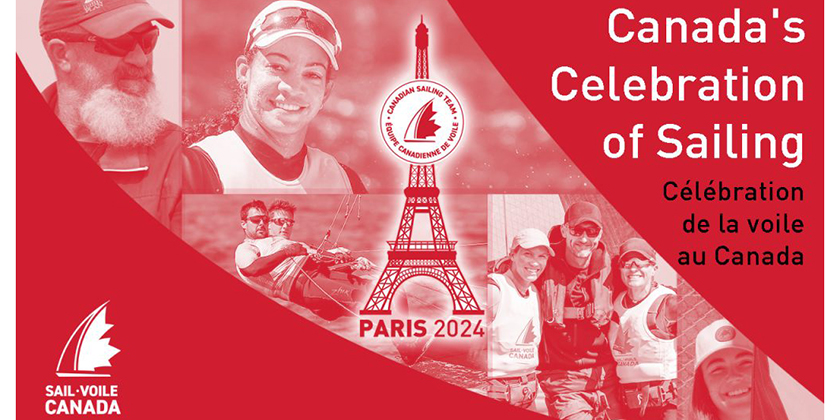Making Sense of Modern Asymmetric Spinnakers
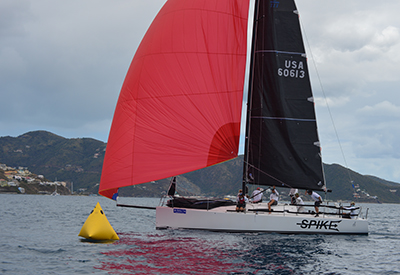
Feb 25, 2021
Modern asymmetric spinnakers are likely the sail with the most different available versions to choose from, and this makes them a bit confusing for most sailors. Let’s start with the names of the different asymmetric spinnakers.
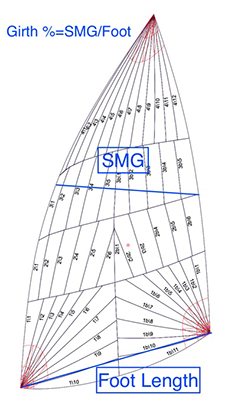 Figure 1 How to determine spinnaker girth (SMG)
Figure 1 How to determine spinnaker girth (SMG)
FH (Flying Headsail) – The smallest flying sail often for cruising or a specific handicap system that may allow them with a penalty. FH’s are often called FH 55 or FH65 which the number denotes the SMG to Foot Ratio (See Figure 1) Note most FH’s are not always allowed to be used for racing. These sails are often made from light woven dacron, or lightweight laminates and are mostly tight reaching sails with the potential to make VMG to windward.
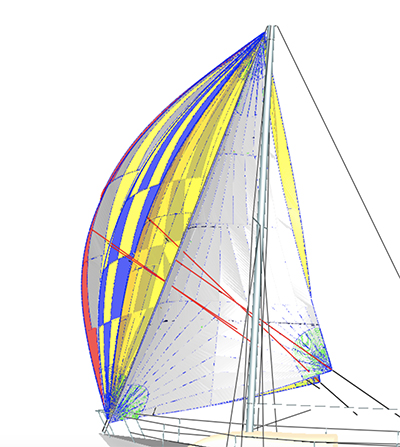 (left) Figure 2 Smallest to largest flying headsails and asymmetric spinnakers
(left) Figure 2 Smallest to largest flying headsails and asymmetric spinnakers
 (Right) Figure 3 Code 0
(Right) Figure 3 Code 0
Code 0 – Having an SMG to Foot Ratio of 75%, it is essentially the smallest and flattest “real” spinnaker that can be used for racing. Because of their larger girth, the sails are very powerful close reaching sails, but will not quite get you upwind very effectively. This type of sail can work well on a spinnaker furling system, but tends to have fairly narrow window where they are more effective than other sails in your inventory.

(Left) Figure 4 Code 1R
Code 1R – This is a moderate to light air running sail, made of light nylon and an SMG larger than the foot length. This is in most cases the largest asymmetric spinnaker meant for 140-165 degrees AWA (Apparent Wind Angle) up to 16 knots.
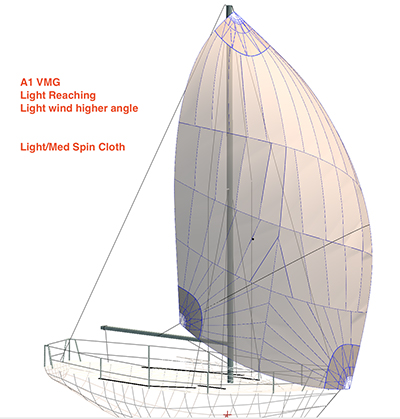
(Right) Figure 5 Code 1VMG
Code 1VMG – This is a shorter foot, narrower and flatter light weight nylon sail for under 10 knots that excels at bow up sailing to generate apparent wind in light conditions. Efficient angles are 90-130 degrees Apparent Wind Angle.
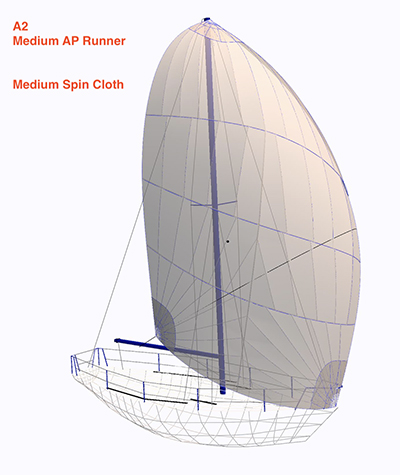
(Left) Figure 6 Code 2
Code 2 – This sail is nearly as large as the Code 1R, but built out of a medium weight nylon from 0.6 to 0.8 oz so it can handle up to 16 knots of wind and a wide range of AWA from 110-170. This sail is the workhorse of the downwind inventory, and is the most used downwind sail. You can get this sail fine tuned for deeper angles, or easier trimming, so be sure to talk to your sail designer about your needs and downwind sailing style. I sometimes refer to the easier trimming version as a Code 2.5, and will recommend it for performance cruisers that really want an emphasis on downwind sailing, but like to sail under autopilot.
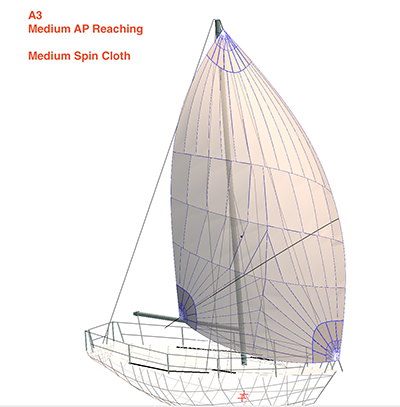
(Right) Figure 7 Code 3
Code 3 – This is a medium weight reaching sail for AWA 80-140 and a wide range of wind up to 20 knots. This is a common design for performance cruising use where ease of handling and wide range of useable angles is wanted.
Code 4- A heavy running sail with a full hoist and large girth for stable downwind sailing.
Code 5- A fractional hoist heavy reaching sail. A 5 can sometimes get pretty close in size and range to a Code 0….
Next time – Gennaker Handling equipment. Please post questions or comments and I will try to include a discussion of those point in following issues.
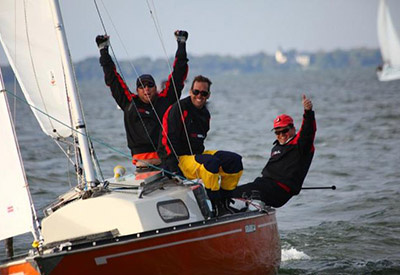 Keven Piper – Sailmaker, Bay Sails, Hamilton, Ontario
Keven Piper – Sailmaker, Bay Sails, Hamilton, Ontario
Keven Piper, two-time Shark 24 World Champion, founded Hamilton, ON-based Bay Sails in 1998.
email: baysails@gmail.com

